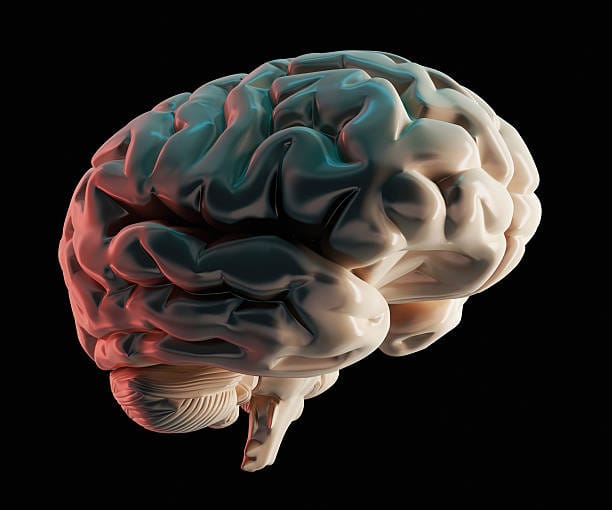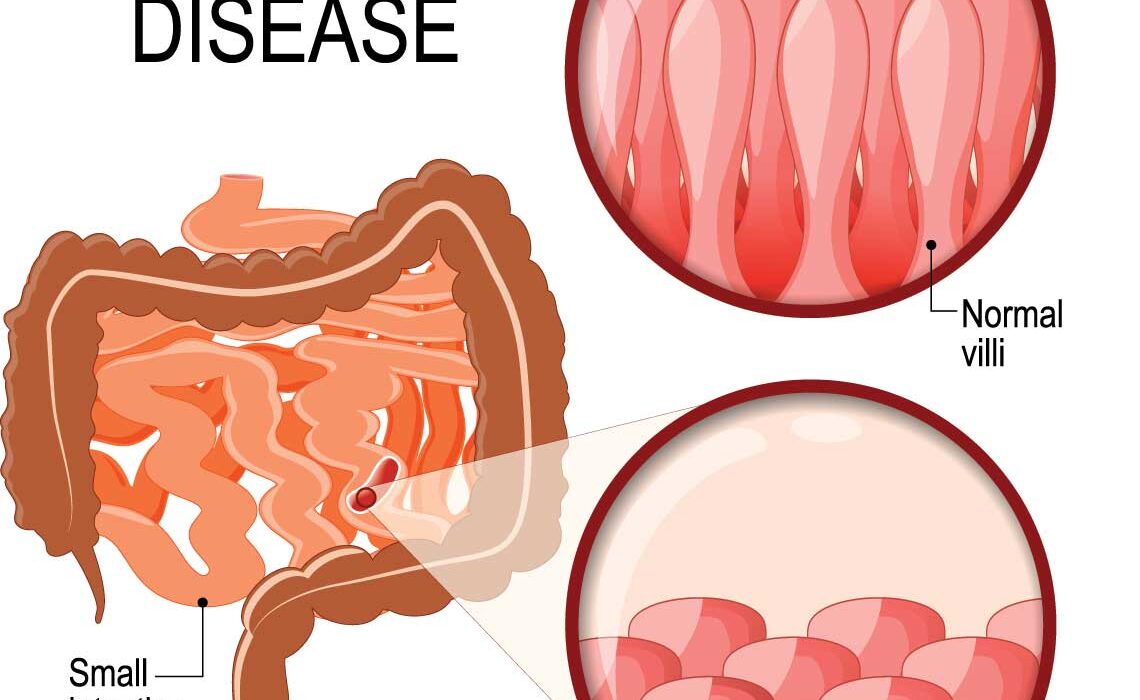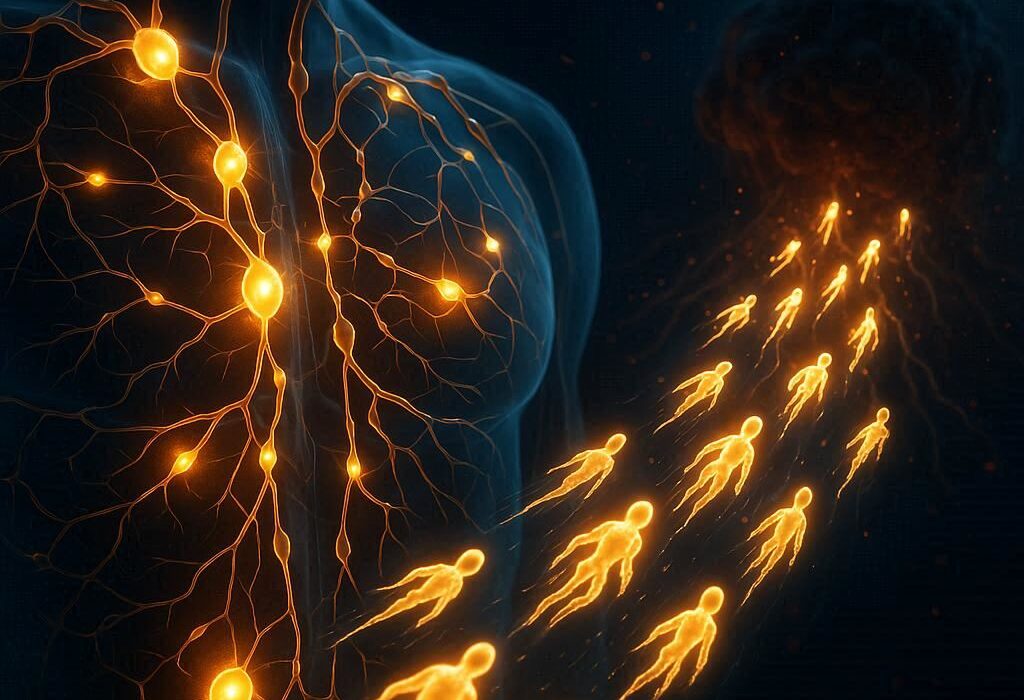Imagine you are playing the piano. Your fingers move without conscious thought, flowing through chords you’ve played countless times before. You’re not thinking about which muscles to contract, or in what order—your brain handles that quietly, efficiently, flawlessly. The part of your brain that makes this effortless execution possible is the basal ganglia.
Hidden deep within the folds of the cerebral hemispheres, the basal ganglia are not glamorous like the outer cortex with its complex thinking, nor as primal as the brainstem with its life-sustaining functions. They are the brain’s backstage crew: invisible, indispensable, and in constant operation. Without them, your movements would be hesitant, jerky, or frozen. But they are more than movement managers—they influence emotion, motivation, learning, and even how we experience reward. In short, the basal ganglia are a core component of the brain’s “operating system.”
What the Basal Ganglia Actually Are
The term “basal ganglia” refers not to a single structure but to a network of interconnected nuclei buried deep in the brain. These include the caudate nucleus, putamen, globus pallidus, subthalamic nucleus, and substantia nigra. Despite their discrete names and locations, they work together as a functional unit, communicating in loops with the cerebral cortex and the thalamus.
Anatomically, the basal ganglia are paired structures—one set in each hemisphere of the brain. Evolutionarily, they are ancient, found in some form in almost all vertebrates. That means this “operating system” has been refined over hundreds of millions of years, shaped by the need to control movement efficiently and adapt behavior to an ever-changing environment.
The Loops That Keep You Moving
If the brain is a city, the basal ganglia are like a network of traffic controllers that regulate the flow of information between different districts. Motor commands originate in the cerebral cortex, but before they’re executed, they pass through the basal ganglia, where they are fine-tuned.
Neuroscientists describe the basal ganglia’s main circuitry as a set of parallel loops. Each loop starts and ends in the cortex but takes a detour through the basal ganglia and the thalamus. There’s a motor loop for movement control, an oculomotor loop for eye movements, a prefrontal loop for cognitive processes, and a limbic loop for emotional and motivational aspects.
Within the motor loop, the basal ganglia decide which of the many possible movements should actually be carried out. This is done through a delicate balance of facilitation and inhibition. The “direct pathway” facilitates intended movements, while the “indirect pathway” suppresses competing ones. It’s a constant push-pull relationship, like two invisible hands steering a wheel.
Dopamine: The Fuel of the System
If the basal ganglia are an engine, dopamine is the fuel that keeps it running smoothly. This neurotransmitter, produced primarily in the substantia nigra, modulates the activity of both the direct and indirect pathways. Dopamine’s effect is not simply to “excite” or “inhibit” but to adjust the gain of the system—making desired movements easier to initiate and unwanted ones easier to suppress.
This is why disorders that affect dopamine production, such as Parkinson’s disease, have such dramatic effects on movement. In Parkinson’s, dopamine-producing neurons in the substantia nigra die off, starving the basal ganglia of their chemical fuel. The result is slowness of movement, stiffness, tremor, and in severe cases, a frozen inability to initiate action at all.
More Than Movement
For much of neuroscience history, the basal ganglia were thought of solely as a motor control center. But research over the last few decades has revealed a much broader role. These structures are also central to reward processing, habit formation, decision-making, and reinforcement learning.
When you repeat a behavior that leads to a rewarding outcome—whether it’s hitting a tennis ball perfectly or tasting chocolate—the basal ganglia are there, adjusting synaptic weights to make that behavior easier to repeat in the future. They are constantly building and refining habits, sometimes for better, sometimes for worse. This is why the basal ganglia are also implicated in compulsive disorders and addictions—the same circuits that help us learn useful habits can also engrave maladaptive ones deeply into our behavior.
The Basal Ganglia as a Learning Machine
At their core, the basal ganglia operate on a principle similar to that of machine learning algorithms: they use feedback to optimize performance. Dopamine neurons signal not only the presence of reward but also the difference between expected and actual reward—a “prediction error” signal. When reality exceeds expectations, dopamine surges, strengthening the neural pathways that led to the outcome. When reality falls short, dopamine dips, weakening those pathways.
This prediction-error learning is essential for adapting to a changing world. It allows animals—and humans—to fine-tune behavior, abandon unproductive strategies, and double down on successful ones. In this way, the basal ganglia are not just executors of movement but shapers of behavior.
When the System Breaks Down
Given their central role, it’s no surprise that basal ganglia dysfunction leads to devastating neurological and psychiatric conditions. Parkinson’s disease is the most famous, but Huntington’s disease—a genetic disorder that gradually destroys neurons in the caudate and putamen—is equally profound. In Huntington’s, the indirect pathway is especially affected early on, leading to uncontrolled, writhing movements called chorea.
Other disorders, such as dystonia, Tourette syndrome, and certain forms of obsessive-compulsive disorder, also trace their origins to imbalances in basal ganglia circuits. Even schizophrenia and depression have been linked to altered activity in the basal ganglia, particularly in the limbic loop.
The Emotional Side of the Basal Ganglia
It might seem strange to think of a “movement” structure being involved in emotion, but the limbic loop of the basal ganglia connects directly to regions like the amygdala and orbitofrontal cortex. This loop integrates emotional and motivational information into decision-making and action selection.
Consider the difference between moving toward a friend with open arms and moving away from a threatening stranger. The motor commands might involve similar muscles, but the decision to approach or avoid is shaped by emotional context—and the basal ganglia are part of the machinery that links that context to the movement.
Habits, Routines, and the Unconscious Mind
Much of what we do each day happens without conscious planning. We tie our shoes, brush our teeth, drive familiar routes—all with minimal thought. This automation frees the cortex for higher-level problem-solving. The basal ganglia are the architects of this automation, chunking sequences of actions into routines that can be executed with little oversight.
In the striatum—the collective term for the caudate and putamen—neurons fire at the start and end of a learned sequence, but stay relatively quiet in the middle. It’s as if the basal ganglia are setting the sequence in motion, letting it run, and then taking control again at the finish line. This start-stop gating is a hallmark of habit control.
A System in Conversation With the Cortex
The basal ganglia do not act in isolation. Their output feeds back to the cortex through the thalamus, creating closed loops that allow for continual refinement of behavior. Importantly, these loops are segregated—motor, cognitive, and emotional loops run in parallel without much cross-talk, allowing for specialized processing.
Yet the loops can also influence each other indirectly. This is why emotional states can affect motor performance, and why cognitive strategies can alter habits. The basal ganglia, by their very design, are a bridge between different domains of brain function.
The Future of Basal Ganglia Research
In recent years, techniques like deep brain stimulation (DBS) have opened new possibilities for treating basal ganglia disorders. In DBS, electrodes are implanted into specific nuclei—often the subthalamic nucleus or globus pallidus—and deliver electrical pulses that modulate neural activity. For many patients with Parkinson’s disease, DBS can dramatically reduce symptoms when medication alone is insufficient.
Research is also uncovering how the basal ganglia interact with other brain systems in complex behaviors, from creative improvisation to risk-taking. The hope is that a deeper understanding will lead not only to better treatments for disease but also to insights into optimizing learning, motivation, and performance in healthy individuals.
Why the Basal Ganglia Matter to You
You might never have thought about your basal ganglia before reading this, but they are with you in every step you take, every habit you form, every goal you pursue. They are part of what makes you efficient, adaptable, and capable of turning thought into action. They are not perfect—they can engrain harmful patterns as easily as helpful ones—but they are essential to the seamless flow of life.
Without the basal ganglia, we would be trapped in conscious micromanagement of every movement, unable to rely on the elegance of automatic control. They free us to live in the moment, to think beyond the mechanics of motion, to focus on why we move rather than how.
The Quiet Power at the Brain’s Core
At the center of the brain’s labyrinth, the basal ganglia work tirelessly, without recognition, to keep our internal world running. They are the silent operating system that allows the visible “apps” of the mind—language, art, planning, and empathy—to function. In their quiet efficiency lies one of the great marvels of biology: the ability to turn thought into fluid action, and experience into lasting change.
So the next time you walk without thinking, play a song from memory, or feel the pull of a familiar habit, remember: deep inside, the basal ganglia are at work, running the code that keeps you moving through the world.






